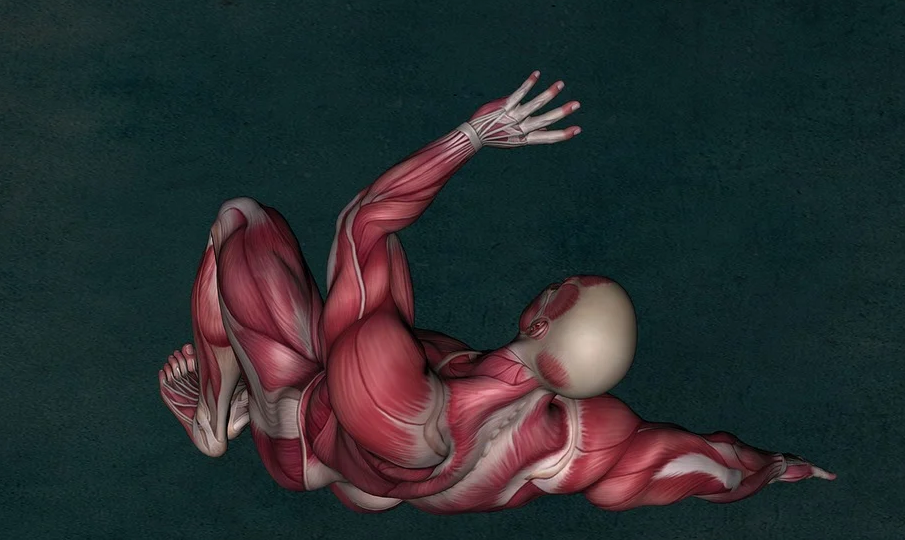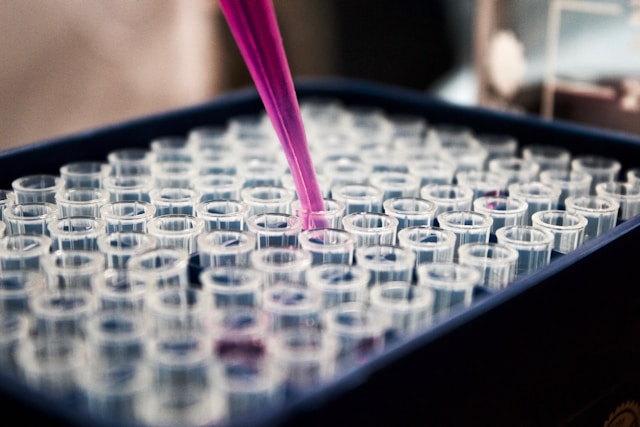Scientists at the University at Buffalo, New York have discovered that aging in muscle cells can be reversed by the overexpression of a specific protein called NANOG.
Our skeletal muscles are made of long, striated fiber-like muscle cells. Skeletal muscle is a highly regenerative organ. These muscles facilitate skeletal movements as well as regulate metabolism and comprise about 45% of our total body mass.
They play a major role in maintaining the structure and function of our muscles. As we age, so do our muscle cells, they struggle to work and cause weakness and fatigue before eventually dying.
Cellular senescence happens during aging when our body’s ability to regenerate or repair these cells decreases.
But this study has shown that it might not be all as bad as it sounds
Scientists found that by overexpressing the NANOG protein in senescent human myoblasts (the embryonic precursor for muscle cells) in the lab, they could reverse the age-related deterioration of the cells and increase their DNA repair mechanisms.
NANOG could help in reversing the aging process with its rejuvenating properties
The study’s corresponding author Professor Stelios T. Andreadis said in a statement “Ultimately the work could help lead to new treatments or therapies that help reverse cellular senescence and aid many people suffering from age-related disorders.”







